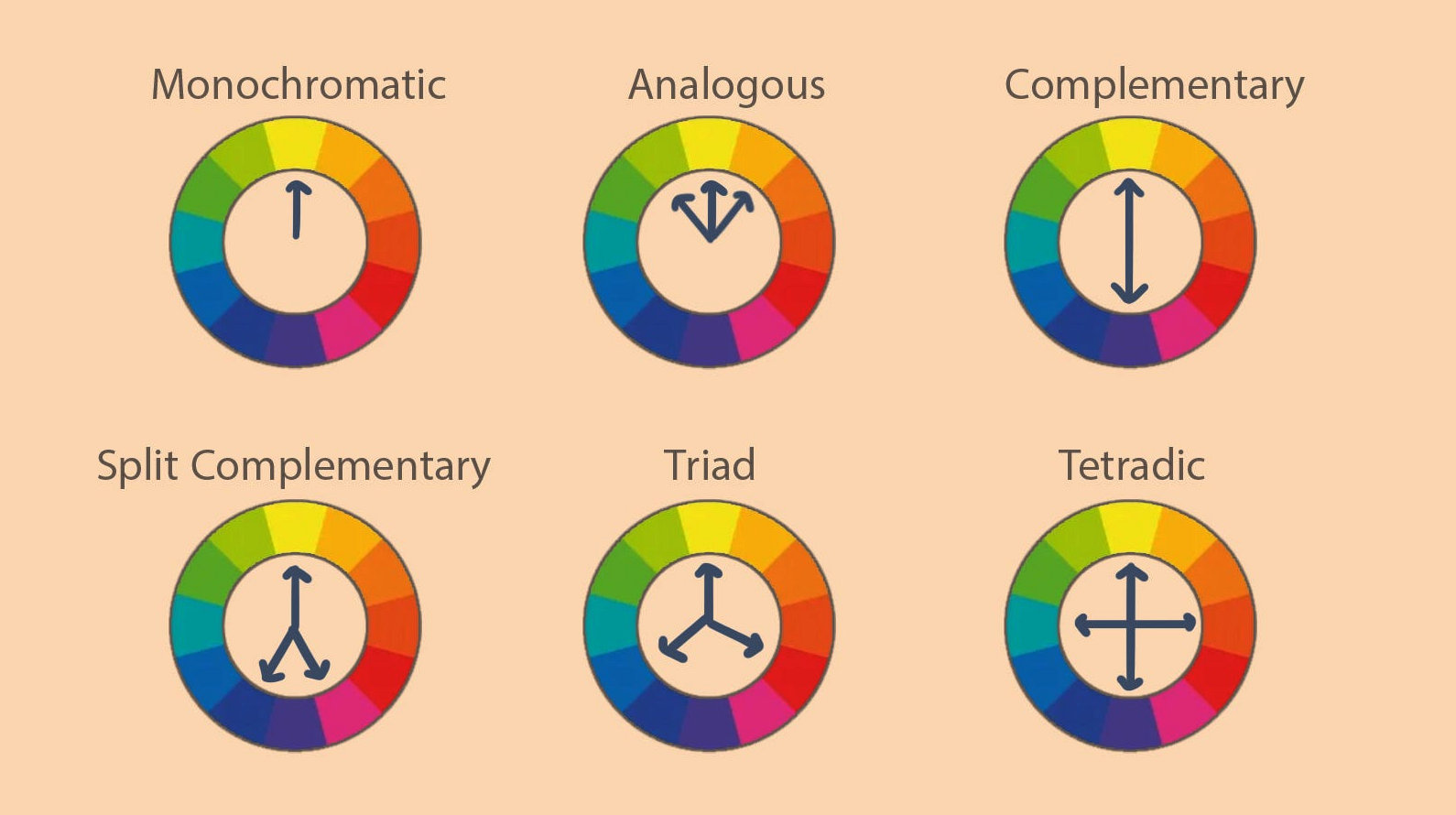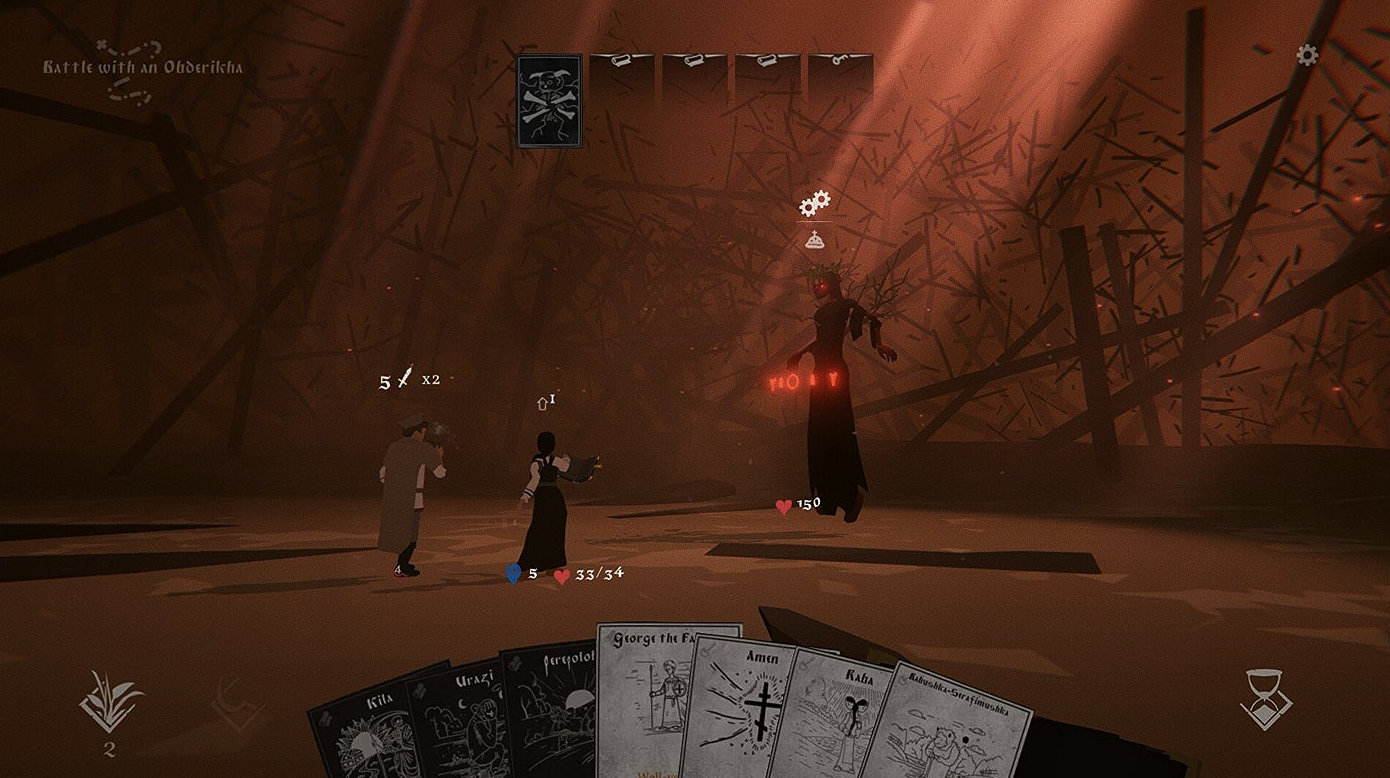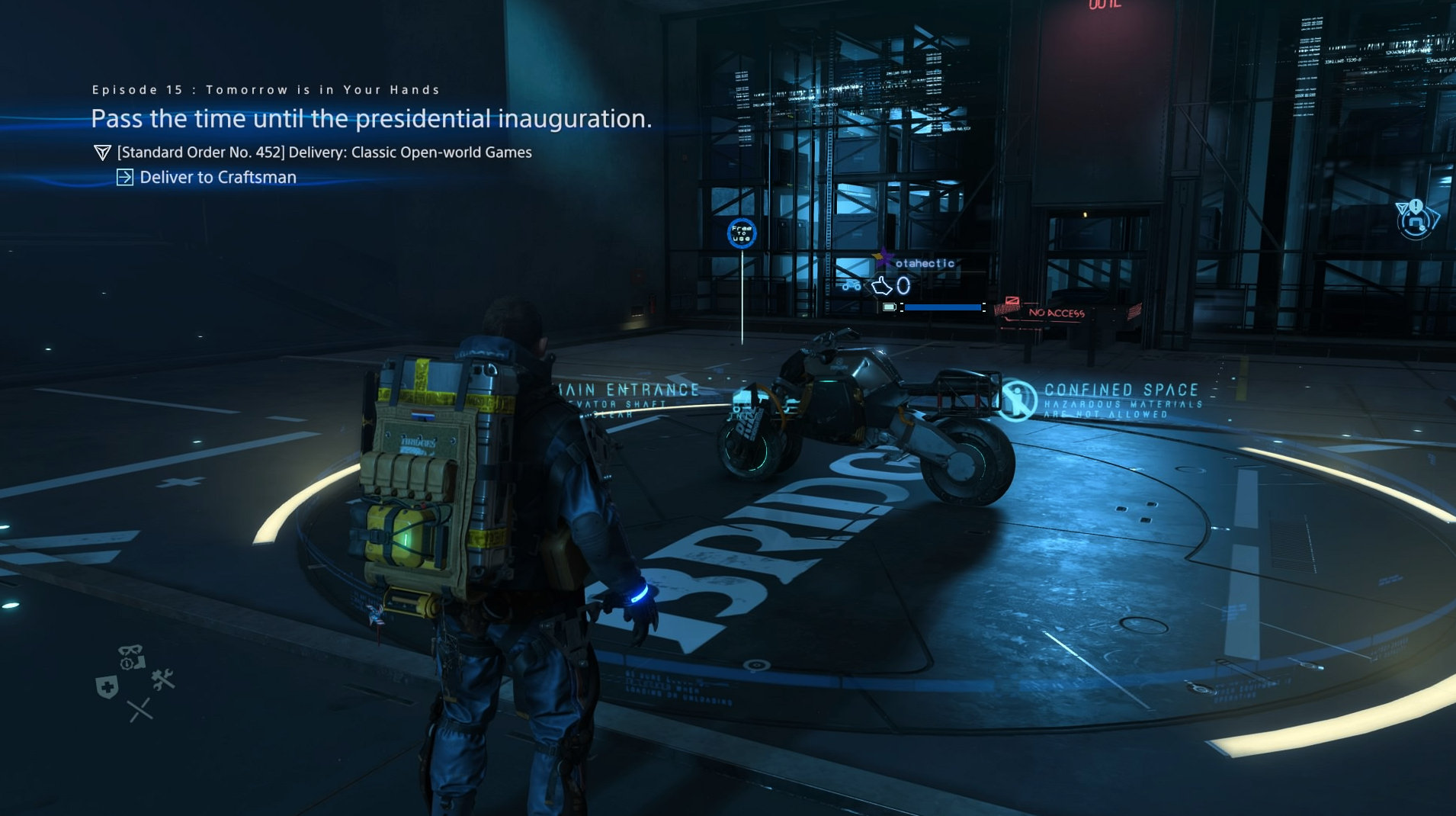Introduction to Visual Rhythm
Visual rhythm is a fundamental concept that refers to the organized and repeated patterns of elements within a visual composition, creating a sense of movement and flow. This phenomenon is intricately woven into the fabric of various artistic expressions, including the realms of art, design, and even play environments. At its core, visual rhythm encompasses several critical components including color, shape, pattern, and movement, all of which work in harmony to engage the viewer’s attention and foster a deeper connection with the visual experience.
Color plays a significant role in establishing visual rhythm, as it can evoke emotions and set the tone of the atmosphere. Different hues can create contrasts that draw the eye, while harmonious colors can provide a soothing experience, essential in play environments where the atmosphere can affect engagement levels. Shapes contribute equally by creating forms that can be recognized and anticipated. The repetition of shapes can lead to a rhythmic quality that guides the interaction between players and their surroundings, enhancing cognitive engagement.
Patterns further amplify visual rhythm by providing an expected sequence of visual information, which can lead to an immersive experience during play sessions. When participants can anticipate what comes next due to recurring patterns, it leads to a sense of comfort and familiarity, making play sessions more enjoyable and productive. Movement, on the other hand, elicits dynamism within visual rhythm. Elements that suggest movement create a narrative flow that captivates attention, encouraging exploration and interaction. Understanding the components of visual rhythm is crucial, particularly in play environments, as it informs how designers can create spaces that are not only aesthetically pleasing but also enhance the overall experience for participants.
The Psychology of Visual Rhythm
Understanding the psychology of visual rhythm is essential for grasping its impact on human perception and behavior. Visual rhythm, characterized by repeated patterns and sequences within visual stimuli, plays a significant role in how individuals interpret and respond to their environment. Within psychological frameworks, theories of visual perception elucidate the cognitive processing behind these rhythmic patterns. When individuals encounter consistent visual rhythms, their brains are naturally inclined to recognize and predict these patterns, contributing to a sense of familiarity and comfort.
Research indicates that visual rhythm not only aids in the organization of information but also enhances memory retention. When visual stimuli contain rhythmic elements, they become easier for individuals to process and recall. This predictability in visual sequences guides viewers in understanding narratives, whether in playful contexts or more formal settings. Consequently, the utility of visual rhythm is particularly pronounced in play sessions where it can enhance engagement and focus.
The emotional responses triggered by visual rhythms are also noteworthy. Studies have shown that rhythmic patterns can evoke particular feelings, from excitement to tranquility. This emotional engagement is crucial during play, as it can influence a participant’s motivation and enthusiasm. For example, children might become more involved in a game that features vibrant colors arranged in rhythmic sequences compared to one that lacks visual harmony. This suggests that visual rhythm can stimulate emotional connections, driving enhanced participation and enjoyment during play sessions.
Furthermore, attention mechanisms are highly influenced by visual rhythm. Rhythmic patterns can attract and sustain attention, allowing individuals to remain immersed in their activities. By drawing the viewer’s focus, visual rhythm can facilitate better engagement in play, ensuring that the experience is both enjoyable and beneficial. In this way, the psychological underpinnings of visual rhythm demonstrate its critical role in enhancing play experiences.
Visual Rhythm in Design and Play Environments
Visual rhythm plays a crucial role in the design of play environments, significantly enhancing children’s play experiences. Designers often incorporate elements such as color schemes, shapes, and repetitive patterns to create visually stimulating spaces that promote engagement and exploration. For instance, in playground design, the use of vibrant colors can capture children’s attention, encouraging them to interact with their surroundings. Bright primary colors are often favored, as they evoke feelings of joy and playfulness, thus enhancing children’s overall experience.
Shapes and forms also contribute to this rhythmic design aspect. Circular elements, for instance, can foster a sense of inclusivity and safety, encouraging children to gather and collaborate during play. Additionally, the strategic arrangement of toys and play equipment can create pathways that guide children through various interactive experiences. Designers often utilize symmetry and balance in arranging these elements, giving a sense of order that allows children to navigate the space easily while remaining visually engaged.
Repetitive patterns serve to reinforce familiarity in play spaces, creating a comforting environment where children feel secure. Patterns can be integrated into flooring, walls, and play structures, providing both aesthetic appeal and functional benefits. Continuous patterns can stimulate visual tracking, an important developmental skill for young children. Moreover, incorporating natural elements—such as wooden structures with organic shapes—can further enhance the connection between nature and play, promoting sensory exploration.
The impact of these design choices on children’s development cannot be understated. A thoughtfully designed play environment that utilizes visual rhythm can encourage cognitive and social skills development, fostering creativity and collaborative play. As such, understanding the application of visual rhythm in the design of play spaces is essential for creating environments that are conducive to learning through play.
Creating Engaging Play Experiences with Visual Rhythm
The incorporation of visual rhythm in play experiences is a powerful strategy for capturing children’s attention and fostering engagement. Visual rhythm can be achieved through the use of dynamic visuals that create a sense of movement and flow. For example, incorporating animated elements or objects that transition smoothly can evoke interest and encourage children to interact with their environment. These visuals should be designed to attract the eye and stimulate imagination, as children are naturally drawn to sights that are visually appealing.
Contrasting colors play a crucial role in visual engagement during play sessions. Bright and bold colors not only attract attention but also help to differentiate various elements of play. For instance, a vibrant red ball in a sea of green grass creates a visual focal point, prompting children to explore and engage with the object. This contrast can be strategically used to highlight specific toys or activities, thereby directing children’s focus and enhancing their overall play experience. Additionally, the use of complementary color pairs can create harmony, promoting a sense of balance that encourages sustained interest.
Varied patterns further enhance visual rhythm in play environments. Incorporating a mix of stripes, polka dots, and abstract designs can add layers of visual complexity that intrigue young minds. Children are often motivated to interact with environments that present a variety of textures and patterns, igniting their curiosity and promoting exploration. As they navigate through these visually rich spaces, they are also honing important developmental skills such as coordination, spatial awareness, and problem-solving.
Thus, the strategic use of dynamic visuals, contrasting colors, and varied patterns not only enriches aesthetic appeal but also plays a significant role in developing cognitive and motor skills through play. By creating engaging play experiences with visual rhythm, caregivers and educators can foster a deeper level of interaction and learning, which benefits children’s overall growth and development.
The Role of Rhythm in Games and Interactive Media
The use of rhythm in games and interactive media has gained attention for its potential to enhance gameplay experiences significantly. At its core, rhythm refers to a systematic arrangement of visual elements that can guide player actions and decisions. In the realm of digital play, the visual rhythm is crucial as it provides players with visual cues that can influence their performance and engagement. These visual cues, when effectively integrated, create a feedback mechanism that not only helps players navigate challenges but also fosters a deeper connection with the game itself.
When players receive consistent visual feedback in the form of rhythmic patterns, their ability to anticipate actions and reactions improves, leading to a more immersive experience. For instance, games that utilize pulsing animations or synchronized color changes can signal important events or actions, thus enhancing the player’s sense of timing and skill development. This is evident in rhythm-based games where the player’s interaction with the rhythm dictates their success, often creating a loop of motivation as they strive to synchronize their actions with the visual guide.
Moreover, the impact of rhythm extends beyond mere gameplay mechanics; it has profound implications on player satisfaction and motivation. Games like “Beat Saber” and “Guitar Hero” exemplify how rhythmic structures can motivate players to improve their skills. The consistent challenges that rhythm presents not only allow players to develop a sense of competence but also evoke a rewarding sensation when they successfully align their actions with the rhythm. This interplay between rhythm and engagement fosters a compelling gameplay experience, underscoring the significance of visual rhythm in modern games and interactive media.
Challenges of Implementing Visual Rhythm
The integration of visual rhythm in play environments presents several potential pitfalls that designers and educators must navigate. One major challenge is the risk of overstimulation. Play spaces designed with vibrant patterns and dynamic visuals may inadvertently overwhelm children, leading to distraction rather than engagement. It is crucial for designers to strike a balance between visually stimulating elements and a calming atmosphere that allows children to focus on their play activities. By incorporating appropriate color palettes and ensuring that visual elements are not overly complex, designers can enhance the play experience without causing sensory overload.
Cultural differences in visual interpretation further complicate the application of visual rhythm. Various cultures may have distinct associations with colors, shapes, and patterns, which can influence how visuals are perceived by children from diverse backgrounds. To create an inclusive play environment, designers should consider these cultural nuances and strive for a design language that resonates universally. Engaging community members in the design process and incorporating their feedback can help ensure that visual elements reflect a broader cultural context, thereby enhancing relatability and inclusiveness.
Additionally, finding a balance between aesthetics and functionality is essential in the implementation of visual rhythm. While eye-catching designs can enhance the aesthetic appeal of play environments, they must not compromise the functional aspects that facilitate play and learning. Designers are encouraged to prioritize simplicity and usability when integrating visual rhythm, ensuring that spaces are intuitive and enjoyable for children. Utilizing modular design elements can also provide flexibility, allowing for easy adaptation while maintaining an appealing visual flow.
To effectively address these challenges, designers and educators must remain vigilant and responsive to the needs of children. By employing thoughtful design strategies that mitigate overstimulation, respect cultural differences, and harmonize aesthetics with functionality, the implementation of visual rhythm in play environments can lead to enriching experiences that promote creativity and learning through play.
Case Studies: Successful Implementation of Visual Rhythm
Visual rhythm, a powerful tool in enhancing play sessions, has been successfully implemented in various settings, yielding positive outcomes and enriching experiences for participants. One notable case study comes from an educational institution that integrated visual rhythm into its outdoor learning environment. The school redesigned its playground by implementing rhythmic patterns in the layout and equipment design. This included wave-like structures for climbing and sliding and colorful pathways that lead children through different play areas. The intended outcome was to promote physical activity and social interaction among students. After the implementation, educators observed a notable increase in engagement, with children spending more time in active play, fostering both physical and cognitive development.
Another enriching case study emerged from a therapeutic setting where visual rhythm was utilized to assist children with developmental challenges. A therapy center adopted a vibrant color scheme and rhythmic elements in the therapy rooms and play areas. Soft, undulating shapes and patterns were introduced on walls and flooring, following a color pattern that encouraged sensory exploration. The design aimed to create a calming and engaging environment that would facilitate emotional expression and motor skill development. After several months of utilization, therapists reported significant improvements in the children’s focus and emotional regulation during play sessions, affirming the positive impact of visual rhythm in therapeutic practices.
Additionally, a community park embraced the concept of visual rhythm by incorporating sculptural elements that mimic natural forms and patterns. The area featured interactive installations with alternating heights, colors, and textures, inviting citizens of all ages to engage in play and creativity. The goal was to unify the community through a shared love of play. Feedback from visitors highlighted increased social cohesion and longer periods spent in the park, illustrating the effectiveness of visual rhythm in creating inviting spaces that encourage interaction and enjoyment.
The Future of Visual Rhythm in Play Sessions
As we look ahead to future trends in visual rhythm for play sessions, several exciting advancements in technology and design are poised to transform the way we engage in these experiences. Augmented reality (AR) and virtual reality (VR) are at the forefront of this evolution, offering immersive environments where visual rhythm can be dynamically integrated to enhance interaction and engagement. These technologies allow for the layering of digital visuals on top of real-world settings or complete immersion into entirely virtual worlds, creating unique opportunities for children and adults alike to experience play in novel ways.
Interactive installations are another area where visual rhythm is expected to thrive. These environments often incorporate elements that respond to the user’s presence or actions, allowing for an evolving play experience. For instance, installations that utilize motion sensors can create visual responses that change based on how participants move, fostering a more intuitive and engaging interaction. The ability to manipulate visual elements in real-time not only captures attention but encourages creativity and exploration, paving the way for richer play interactions.
Moreover, the changing cultural perceptions of visual rhythm are likely to shape future play experiences. As societies increasingly prioritize sustainability and diversity, visual designs that reflect these values could emerge as fundamental characteristics of play environments. This shift may influence the aesthetics of play designs, leading to a greater emphasis on natural motifs, diverse representations, and inclusive imagery. Consequently, play sessions could evolve into more mindful experiences where visual rhythm reflects a collective consciousness.
In summary, the future of visual rhythm in play sessions promises to be both innovative and reflective of cultural values. By integrating advanced technology and considering societal perspectives, designers and developers are set to redefine the landscape of play, creating engaging and fulfilling experiences for participants of all ages.
Conclusion
Visual rhythm plays an essential role in shaping play experiences, bridging the gap between creative expression and learning. The integration of visual rhythm into play scenarios can significantly influence cognitive, emotional, and social development among individuals, particularly children. As we have explored, visual rhythm is not merely an aesthetic element but a powerful tool that can enhance engagement, foster creativity, and promote interaction. By introducing rhythmic patterns and visual cues, designers and educators can create environments that stimulate exploration, enhance focus, and encourage collaborative play.
One of the most striking impacts of visual rhythm in play is its ability to enhance cognitive skills. Patterns and rhythms facilitate recognition and memory, aiding in the development of problem-solving abilities. When children engage with visually rhythmic environments, they are not just playing; they are also learning to understand order, predict outcomes, and connect abstract concepts. This cognitive growth forms a foundation for more complex ideas and skills later in life, benefiting overall academic and personal development.
Furthermore, the emotional and social dimensions of play are significantly enriched through visual rhythm. Engaging with patterns and rhythms can evoke feelings of joy and excitement, creating a playful environment that encourages emotional expression. The shared experience of interacting with rhythmical visuals fosters social connections among peers as they collaborate, communicate, and engage in shared narratives. This social interaction not only enhances communication skills but also cultivates empathy, teamwork, and resilience.
Ultimately, the lasting impact of visual rhythm on play scenarios underscores its importance in both design and educational contexts. By prioritizing visual rhythm in play, we pave the way for holistic growth and development, encouraging individuals to harness their creativity while developing critical life skills. It is imperative for educators, designers, and caregivers to consider how visual rhythm can enhance play, thereby leaving a profound and enduring effect on the lives of individuals. This approach not only enriches play but also nurtures the development of well-rounded individuals.


